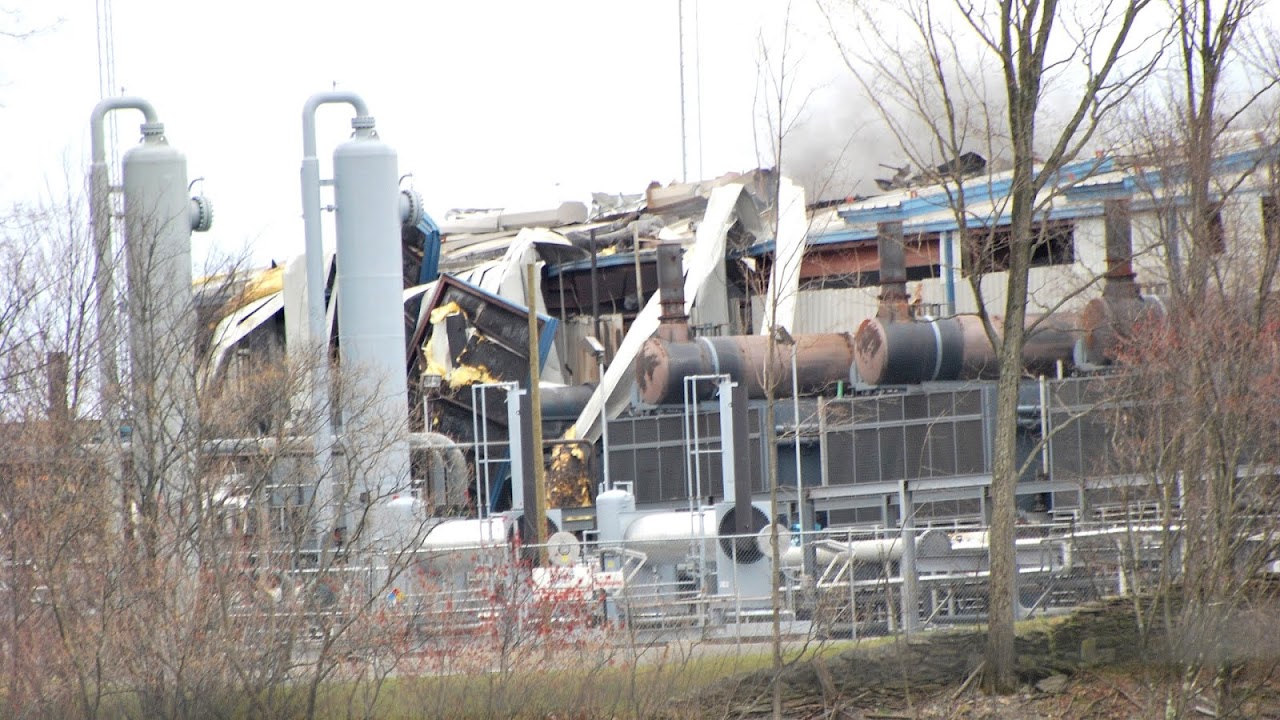
A compressor station is a facility which helps the transportation process of natural gas from one location to another. Natural gas, while being transported through a gas pipeline, needs to be constantly pressurized at intervals of 40 to 100 miles. Siting is dependent on terrain, and the number of gas wells in the vicinity. Frequent elevation changes and a greater number of gas wells will require more compressor stations.
The gas in compressor stations is normally pressurized by special turbines, motors and engines.
The compressor station, also called a pumping station, is the "engine" that powers an interstate natural gas pipeline. As the name implies, the compressor station compresses the natural gas (increasing its pressure) thereby providing energy to move the gas through the pipeline.
Pipeline companies install compressor stations along a pipeline route. The size of the station and the number of compressors (pumps) varies, based on the diameter of the pipe and the volume of gas to be moved. Nevertheless, the basic components of a station are similar.

Maps, Directions, and Place Reviews
Liquid Separators
As the pipeline enters the compressor station the natural gas passes through scrubbers, strainers or filter separators. These are vessels designed to remove any free liquids or dirt particles from the gas before it enters the compressors. Though the pipeline is carrying "dry gas," some water and hydrocarbon liquids may condense out of the gas stream as the gas cools and moves through the pipeline.
Any liquids that may be produced are collected and stored for sale or disposal. A piping system directs the gas from the separators to the gas compressor for compression.
Compressor Stations Natural Gas Video
Prime Movers
There are three commonly used types of engines that drive the compressors and are known as "prime movers":
Turbine / Centrifugal Compressor
This type of compression unit uses a natural gas-fired turbine to turn a centrifugal compressor. The centrifugal compressor is similar to a large fan inside a case, which pumps the gas as the fan turns. A small portion of natural gas from the pipeline is burned to power the turbine.
Electric Motor/Centrifugal Compressor
In this type of compressor unit, the centrifugal compressor is driven by a high voltage electric motor. An electrified compressor may still require an air permit, as regulations vary by state an applicability analysis should be conducted whenever a compressor station will be constructed. However, a highly reliable source of electric power must be available and near the station.
Reciprocating Engine/Reciprocating Compressor
These large piston engines resemble automobile engines, only much larger. Commonly known as "recips," these engines are fueled by natural gas from the pipeline. Reciprocating pistons, located in cylinder cases on the side of the unit, compress the natural gas. The compressor pistons and the power pistons are connected to a common crankshaft. The advantage of reciprocating compressors is that the volume of gas pushed through the pipeline can be adjusted incrementally to meet small changes in customer demand.
Source of the article : Wikipedia


EmoticonEmoticon